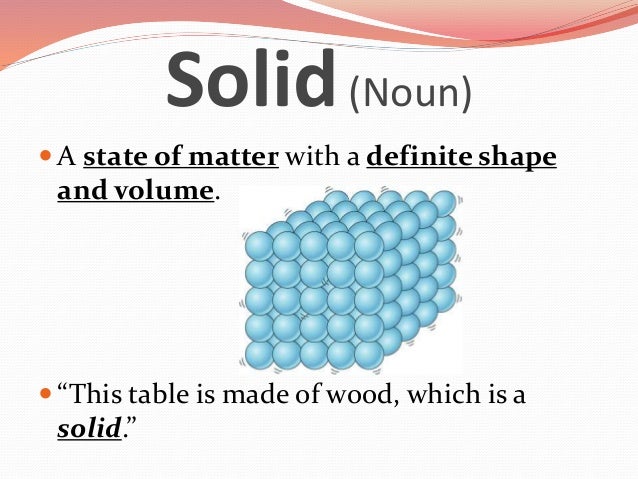

It means that a small change in conditions can dramatically alter the properties of the material. First, soft materials exhibit a large response function. The intermingling of order and disorder leads to two important properties of all soft matter. In essence, disorder and order interact to produce matter like no other. This gives the material its stable yet flexible characteristics. And zooming further out to what we can see with our eyes, these ordered structures respond collectively. But at a larger scale, they form ordered structures. Zooming in to individual molecules, they appear random and disordered like a liquid. And to find out why, scientists have to look at what it’s made of at several different levels. Soft matter behaves differently to ordinary solids and liquids. This includes everything from the ice cream and butter in your fridge to the paint on your bedroom wall, or even the blood and tissue in your body.

To give soft matter a more formal definition, it refers to materials that are easily deformed by thermal fluctuations and external forces. It’s something in between, something squidgy. But is your skin a solid? Skin’s not hard like a kettle. And as the temperature rises, some of this water turns to gas billowing from the spout. Boiling a kettle is a good demonstration of the phases of matter we are all familiar with from school.


 0 kommentar(er)
0 kommentar(er)
